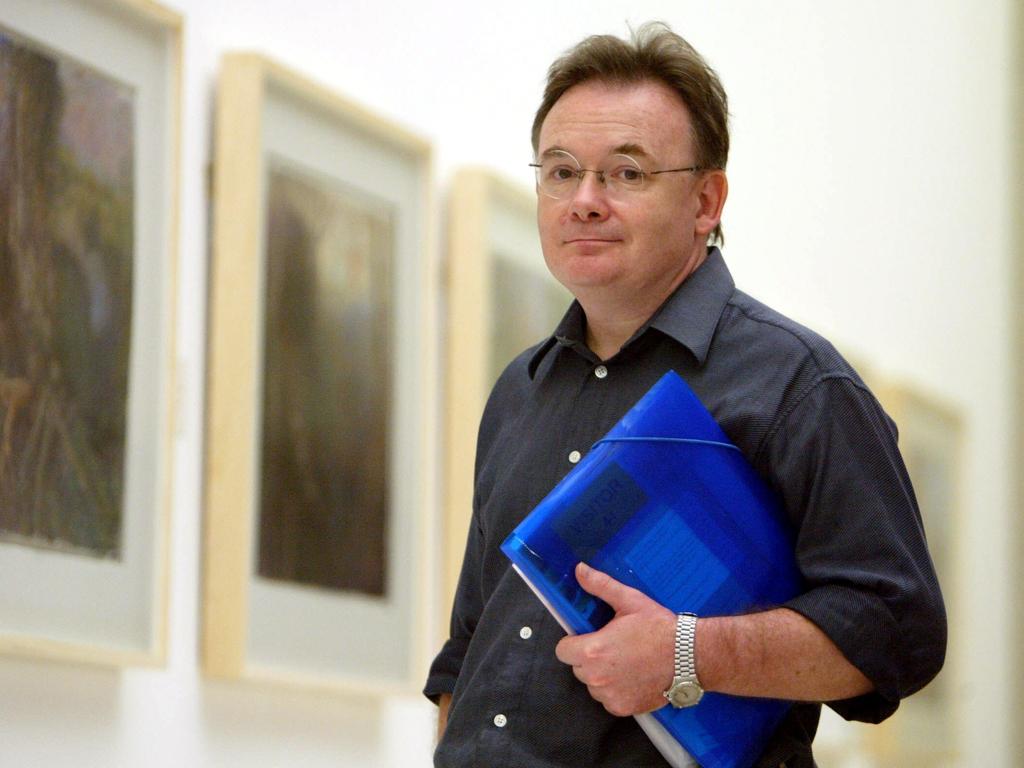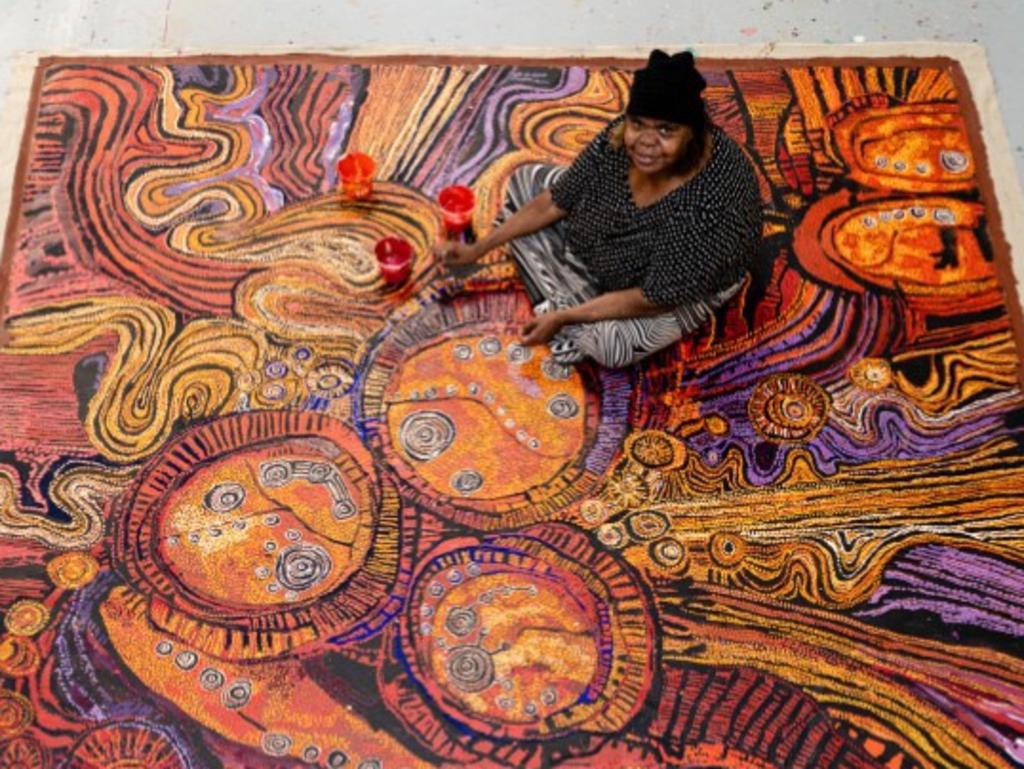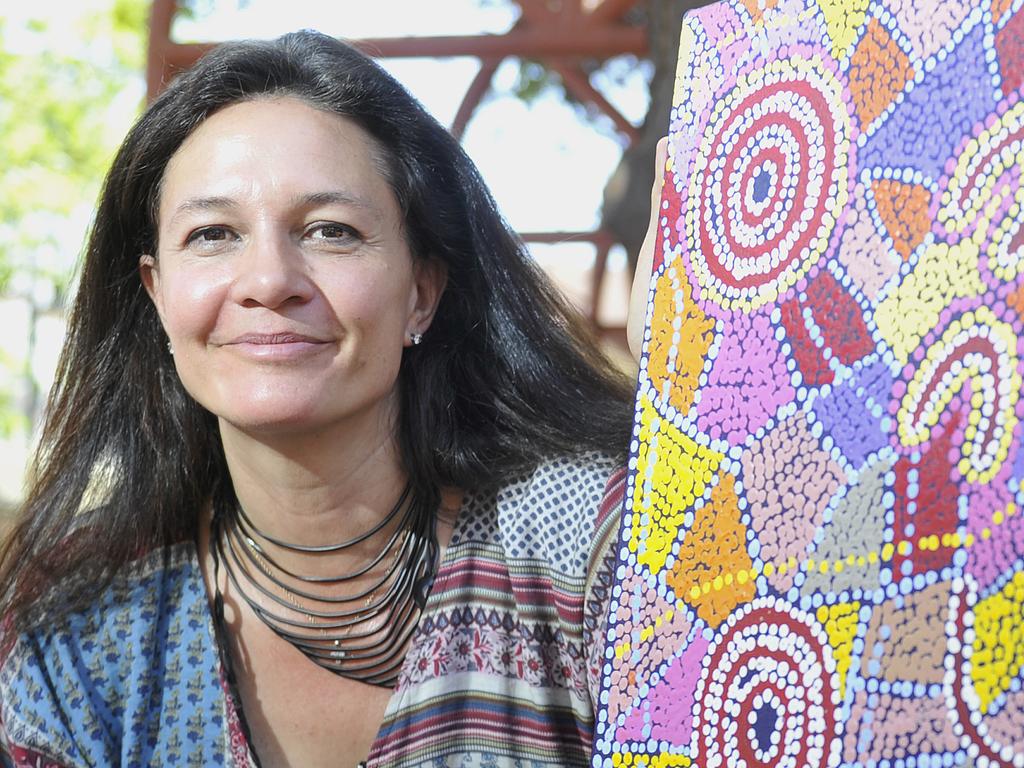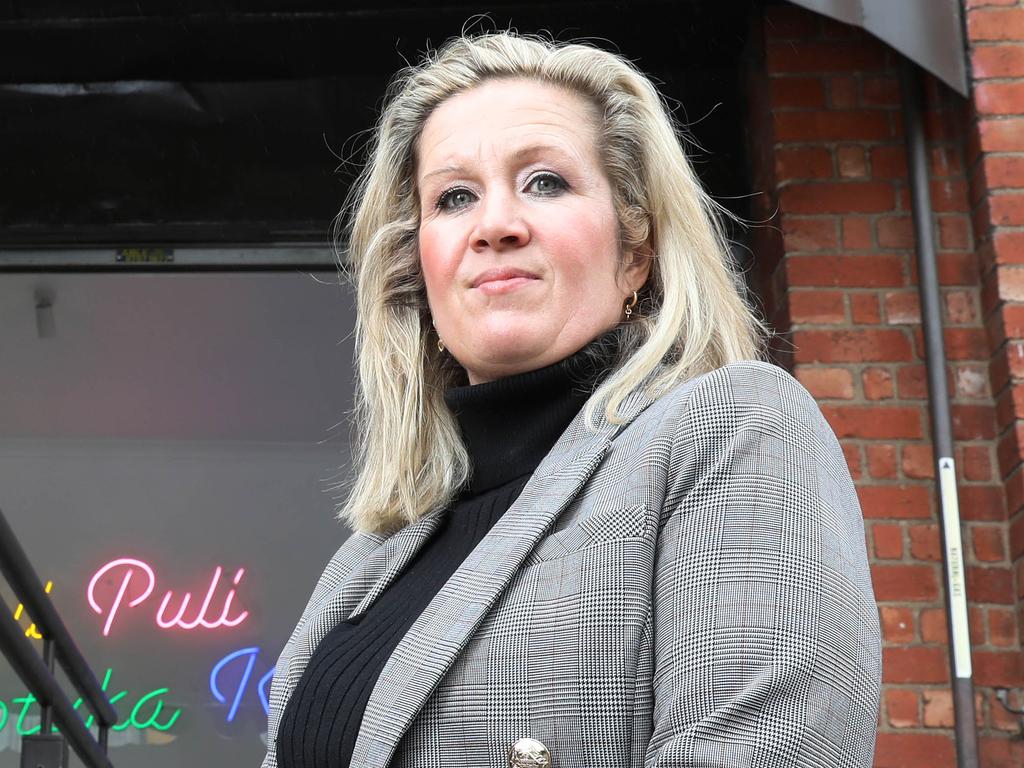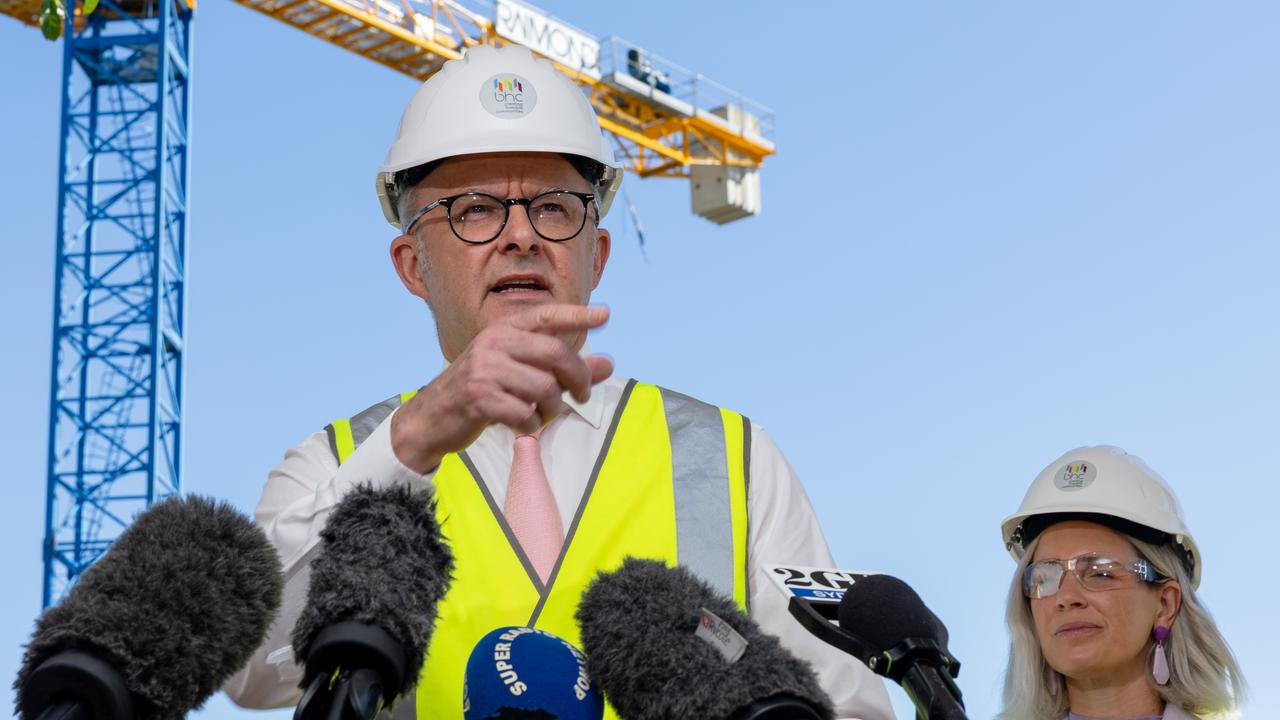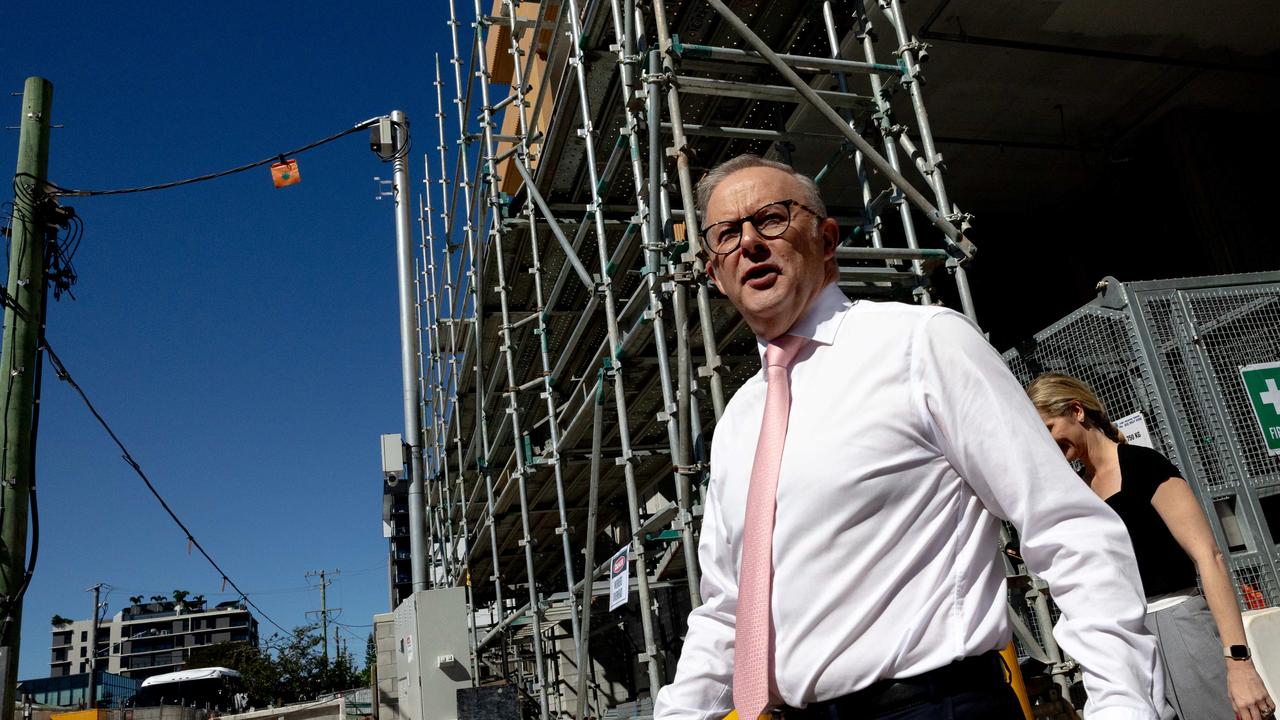NT arts minister calls for national probe into Indigenous art
Chansey Paech demands state and federal cooperation amid ‘serious’ allegations of unethical practices and inference by white assistants in Indigenous art.
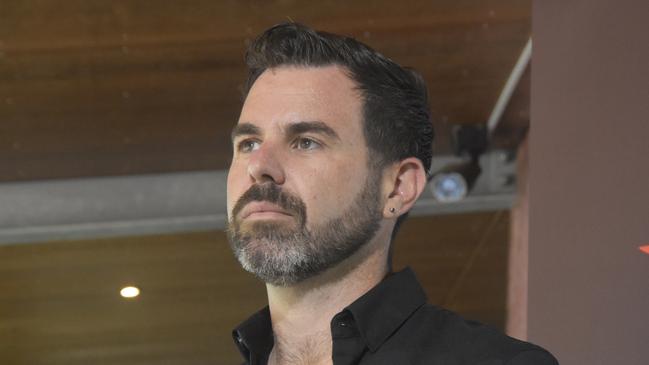
Northern Territory Arts Minister Chansey Paech has called for a national investigation into “serious” allegations of unethical practices and inference by white assistants in Indigenous art.
Following The Australian’s four-month investigation, Mr Paech wrote to SA Arts Minister Andrea Michaels and federal Arts Minister Tony Burke calling for their cooperation to address claims of white hands in the making of black art levelled at the APY Art Centre Collective.
“It is important the work of Aboriginal artists and art centres, and the wider Aboriginal art movement, is not reputationally damaged by these serious allegations,” Mr Paech wrote in the letter to Ms Michaels and Mr Burke.
“The integrity of the works, art centres and the artists is paramount.”
The letter comes after this masthead obtained footage of Rosie Palmer, the white manager of the outback Tjala Arts, painting on the canvas of Yaritji Young, one of Australia’s most revered painters and a joint winner, along with her sisters, of the Wynne Prize.
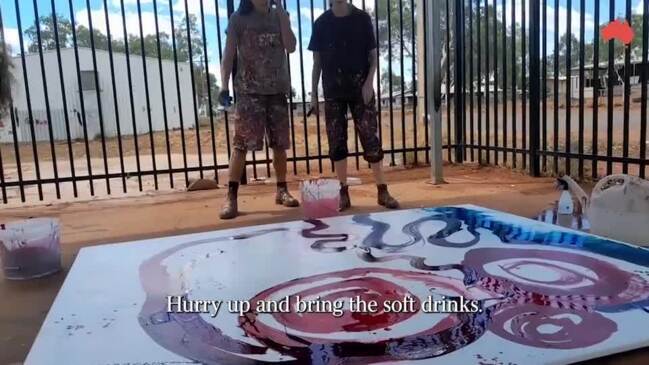
The video shows Ms Palmer asking her colleague, “can I juice this one up a little bit?” before painting red circles on Young’s canvas, which is meant to represent the artist’s “Tjukurpa”, or sacred stories.
“A number of stakeholders and community art centres in the Northern Territory have raised concerns with me that the current controversy is having detrimental impacts and reputational damage on the arts community and must be dealt with at a national level,” the letter read.
Credibility crisis sees Indigenous art funds frozen
The crisis of credibility surrounding Indigenous art produced by the APY Art Centre Collective has forced the South Australian government to suspend funding for a new Aboriginal arts centre in the outback city of Port Augusta.
The scandal is also threatening to erode support for the planned $200m First Nations Cultures Centre, into which Premier Peter Malinauskas has ordered a review following a $50m cost blowout.
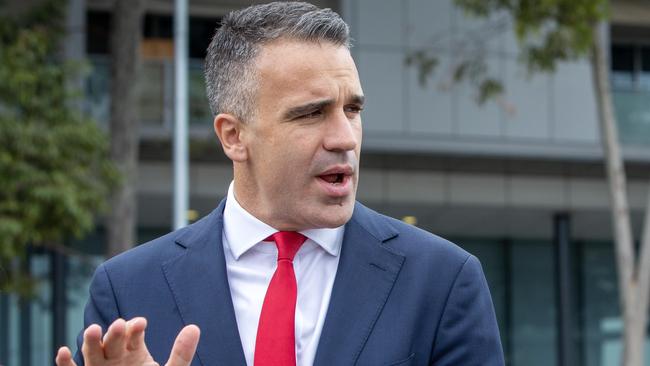
In her first comments on revelations by The Australian that substantial sections of Indigenous artworks had been painted on by white assistants, SA Arts Minister Andrea Michaels said she was disturbed by the claims and wanted answers.
“The allegations raised by The Australian are very troubling,” Ms Michaels said. “The South Australian government is committed to supporting Aboriginal artists and art centres across South Australia to share their art with the world, and the integrity of that art and respect for their culture is vital.”
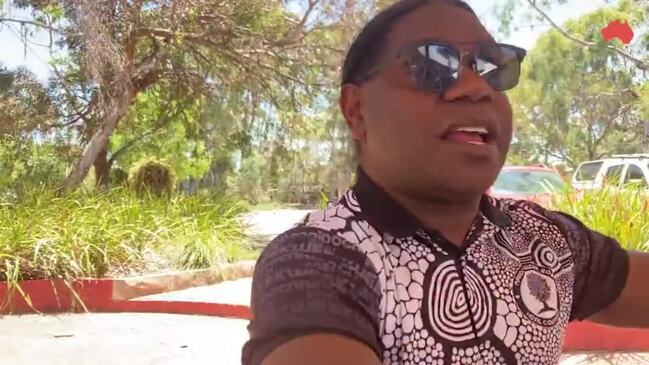
In light of the revelations Ms Michaels revealed she had placed on hold $40,000 in scheduled new funding for an Indigenous art start-up. However, she said the $280,000 the APYACC received each year from SA taxpayers was still ongoing.
She said the $280,000 received by the APYACC was provided through the Arts South Australia’s Arts Organisations Program, but other funding was also made available on occasions.
“APYACC also occasionally auspices grant funding on behalf of member art centres,” she said.
“Since the allegations have come to light, I have taken the decision to put on hold planned funding of $40,000 for a Port Augusta Arts Centre start-up until these matters are resolved.”
Since the revelations in The Australian last month, arts organisations and institutions in SA have been determined to defend the veracity of their collections, with some even taking the step of urging staff not to talk to the media if they have any concerns.
The Australian revealed last month that the Art Gallery of South Australia, which has a large collection of works from the APYACC, had emailed employees claiming white assistants painting on Indigenous canvases was “common practice”.
Museum director Rhana Devenport emailed all staff saying it was “common practice for internationally renowned artists, including Aboriginal artists, to have studio assistants that support and enable them to create original works of art”.
This claim has been debunked by Philip Watkins, the Indigenous CEO of Desart, the peak body representing central desert artists. Referring to a video obtained by The Australian, in which a white studio staffer was seen painting on work of the famous artist Yaritji Young, he said: “I was very concerned about what I saw. In my view it goes way beyond what would be considered acceptable practice for non-Indigenous studio people to be doing. That is an aberration. It is not common practice.”
Ms Michaels said she was confident the Art Gallery of South Australia had the necessary protocols to determine the veracity of art in its collection.
“AGSA adheres to its rigorous due diligence and provenance policy surrounding the acquisition of all works of art in its collection and undertakes ongoing research to establish provenance, or the history of ownership and authorship, of works of art in its collection,” she said.
But Ms Michaels said the SA government was also awaiting the findings of the review by the National Gallery of Australia and that she had also discussed concerns over the APYACC with the federal government.
The NGA is currently undertaking a review and I’m keen to see the outcome of that,” she said.
“I have been in discussion with the federal minister Tony Burke about a range of options in response to the allegations raised in consultation with the Anangu people from the APY Lands and those working through the Adelaide studio.”
The Australian last week revealed an Indigenous artist, Paul Andy, had been offered $12,000 to change his story that white staff had painted on Indigenous canvases. Ms Andrews said if anyone had any allegations involving criminality then it was appropriate they be dealt with by police.
She also said she had no knowledge of claims involving alleged police reports by Ernabella Arts about false documents being sent in the name of the centre by the APYACC in a federal funding application. “I’m not aware of police reports from Ernabella Arts beyond media reports but that is the appropriate course of action when it comes to alleged fraud,” she said.
Ms Michaels stressed it was vital that the work of Indigenous artists be respected.
“As a matter of course, we include a respectful behaviour clause in all of our arts funding agreements and I expect this to be upheld at all times,” she said.
The doubts over the provenance of some of the works produced by the APYACC has further clouded concerns over the future of the First Nations Cultures Centre, an idea championed by former Liberal premier Steven Marshall to create the greatest Indigenous art gallery in Australia.
The promise was inherited by Mr Malinauskas, who has expressed doubts about the costs and enlisted businesswoman Carolyn Hewson and former NSW premier Bob Carr to conduct a review.
Arts industry figures in SA have told The Australian the emergence of doubts over some APYACC canvases has added to the confusion around the First Nations Cultures Centre, which would be significantly reliant on APYACC artwork as part of its collection. This is in addition to concerns about how the First Nations Cultures Centre would access Indigenous works and objects from the AGSA and the South Australia Museum.

